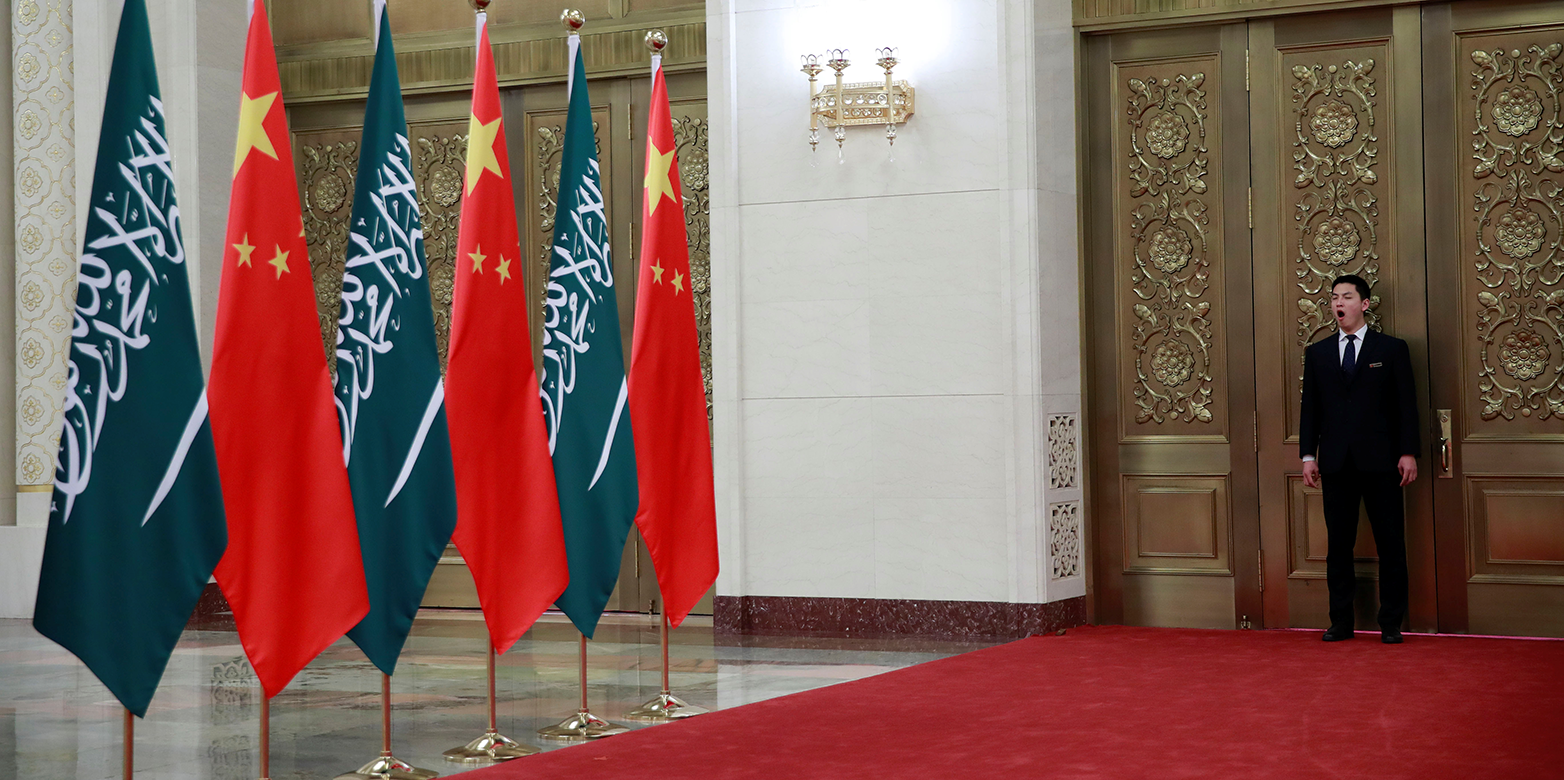The Middle East and China’s Belt and Road Initiative
China’s presence in the Middle East is on the rise, particularly in the framework of its Belt and Road Initiative. As the US draws down its commitments in the region, Europe will need to consider what greater Chinese involvement in the region means for its interests, argues Lisa Watanabe in this new CSS Analysis.

China has scaled up its engagement in the Middle East in recent years, developing relations with a myriad of countries, including those on different sides of regional divides. It has increased its trade with the region, becoming a major import-export partner for countries such as Israel, Saudi Arabia, Qatar, and Iran, as well as a growing investor. Central to China’s growing presence in the region is Beijing’s Belt and Road Initiative (BRI), which seeks to create greater connectivity between Asia, Africa and Europe as a means of boosting China’s economic growth and, by default, the regime’s domestic legitimacy. The Middle East is especially important to the maritime element of the BRI, due to China’s dependency on seaborne energy imports from the region and the region’s strategic location at the crossroads between Asia, Europe and Africa.